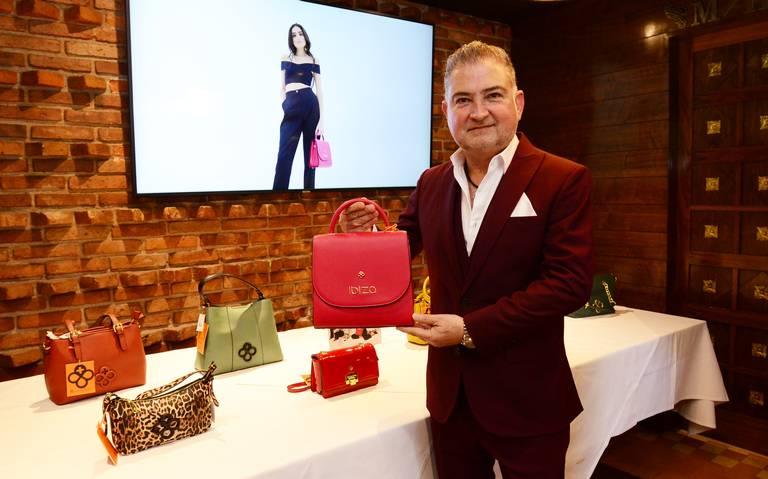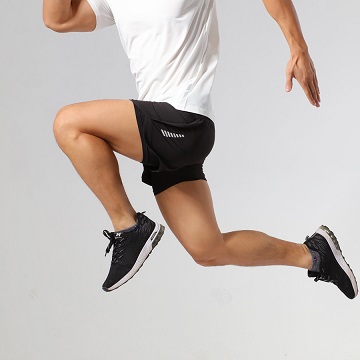PORTUGAL. Fashion and sustainability go hand in hand and what was once considered salmon and cod waste can now be transformed into clothing, as Brazilian businesswoman Fabiana Thorres demonstrates. "The focus of our company is sustainability. From Rio de Janeiro, our concern was that the discard be zero. The fashion industry, in fact, is the second most polluting in the world. The idea was always to transform fabrics into high-quality handmade products," explains Thorres.
➡️ Stay informed on our Google News channel
His company took off a quarter of a century ago in Rio de Janeiro and in Portugal he has spent three years with a project that has achieved a first clothing collection with thirty pieces. A dozen of the models are made with cod and salmon waste. we leave it at natural size so that you can see what the fish was like and its format, in others we cut them into strips and in others we leave it as a detail", he explains.
FROM MASKS TO SALMON DRESSES
In Portugal, Thorres made her debut in the middle of the pandemic with the production of cloth masks thanks to an investor client. She later moved on to sportswear, swimwear and bikinis, until she decided to launch the fashion project with fish skins. The process is not easy, although there is no lack of raw material. The cod from Norway, Denmark or Finland is desalted in Portugal - the second European country for fish consumption -, where tons of waste remain. Thorres obtains the skins from the fishing sector and, after a selection, those that may be valid are sent to a tannery in the north of the country. Once tanned, they are ready to make clothes. "We are not killing the fish to make the clothes, but working on the waste that exists. Our intention is to have a much less polluting disposal," he says. "That was a path we chose and the clients accepted and liked it a lot. They understood that this had an added value", explains the businesswoman, with 30 workers in Rio de Janeiro and eight in Portugal. be careful "because it is not something you are used to and requires greater care" and do the chemical processes naturally.
FINE SKIN AND NO ODORS

The skin of salmon and cod is "super resistant", more delicate than leather and similar to that of goat, with a "tasty and fine" touch and stands out for its creativity. In addition, Thorres answers emphatically to a question that constantly perform: "It doesn't smell." The businesswoman debuted in "fashion with fish" in the Amazon, with salmon, tilapia and pirarucu skins. "When the skins began to be thrown away correctly, they became a source of income for all the completely forgotten communities of the Amazon", he recalls. It is a "blue economy" model that allows the use of fish waste to be used to make bags, belts, shoes, wallets and clothing. There are already several existing experiences in the world, such as the Nordic Fish Leader company in Iceland, the Coopescarte group in Brazil, the Parisian brand Thalie Paris or the Spanish Idunnbags. Even the Food and Agriculture Organization of the United Nations (FAE ) created the Blue Growth Initiative in 2017 to promote innovation in coastal communities through practices such as the use of fish remains to make clothing.
WE RECOMMEND YOU THE PODCAST ⬇️
Available on: Acast , Spotify , Apple Podcasts , Google Podcasts , Deezer and Amazon Music


